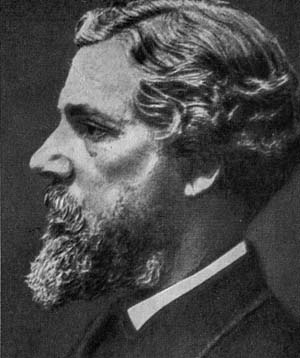
Sir William James Herschel (9 January 1833-24 October 1917) is credited as the first person to use fingerprinting. In 1853 he was posted to Bengal by the East India Company. Following the 1857 Rebellion, he joined the Indian Civil Service and was posted to Jungipoor. In July 1858, to ensure that local businessman Rajyadhar Konai honoured a contract for the supply of road-making materials, Herschel made him put a hand-print on the document. In his experiments with hand-prints, he soon realised that only fingers needed to be used and that a person’s fingerprints do not change over time.
In 1877, as Magistrate of Hooghly, he instituted the taking of pensioners’ fingerprints J. K. Ro and the fingerprinting of criminals. In 1878, Herschel returned to England, and in 1880, he wrote a letter in ‘Nature’ explaining his fingerprinting experiences. In 1916, the year before he died, he published ‘The Origin of Fingerprinting,’ a description of his work.
Even though he invented fingerprinting, Herschel only ever utilized it for administrative purposes. He had no idea it could be used to arrest criminals; it was Francis Galton and Edward Henry, who built on Herschel’s foundations and converted fingerprinting into a tool for fighting crime.
One of the first Europeans to appreciate the significance of fingerprints for identification purposes was William James Herschel. In the 1850s and 1860s, he began using fingerprints and handprints instead of signatures in his work as a magistrate in colonial India. Later, he worked with scientist Francis Galton, whose research led to the creation of the first fingerprint classification system, which Scotland Yard deployed in 1901. Fingerprints had always attracted Herschel’s interest.
In 1916, he published an account of his work called The Origin of Fingerprinting. Although he developed the fingerprinting technique, he only used it as an administrative tool. It was Francis Galton and Edward Henry, building on his work, who turned fingerprinting into a crime-fighting tool.
Credit : Forensic’s Blog
Picture Credit : Google




